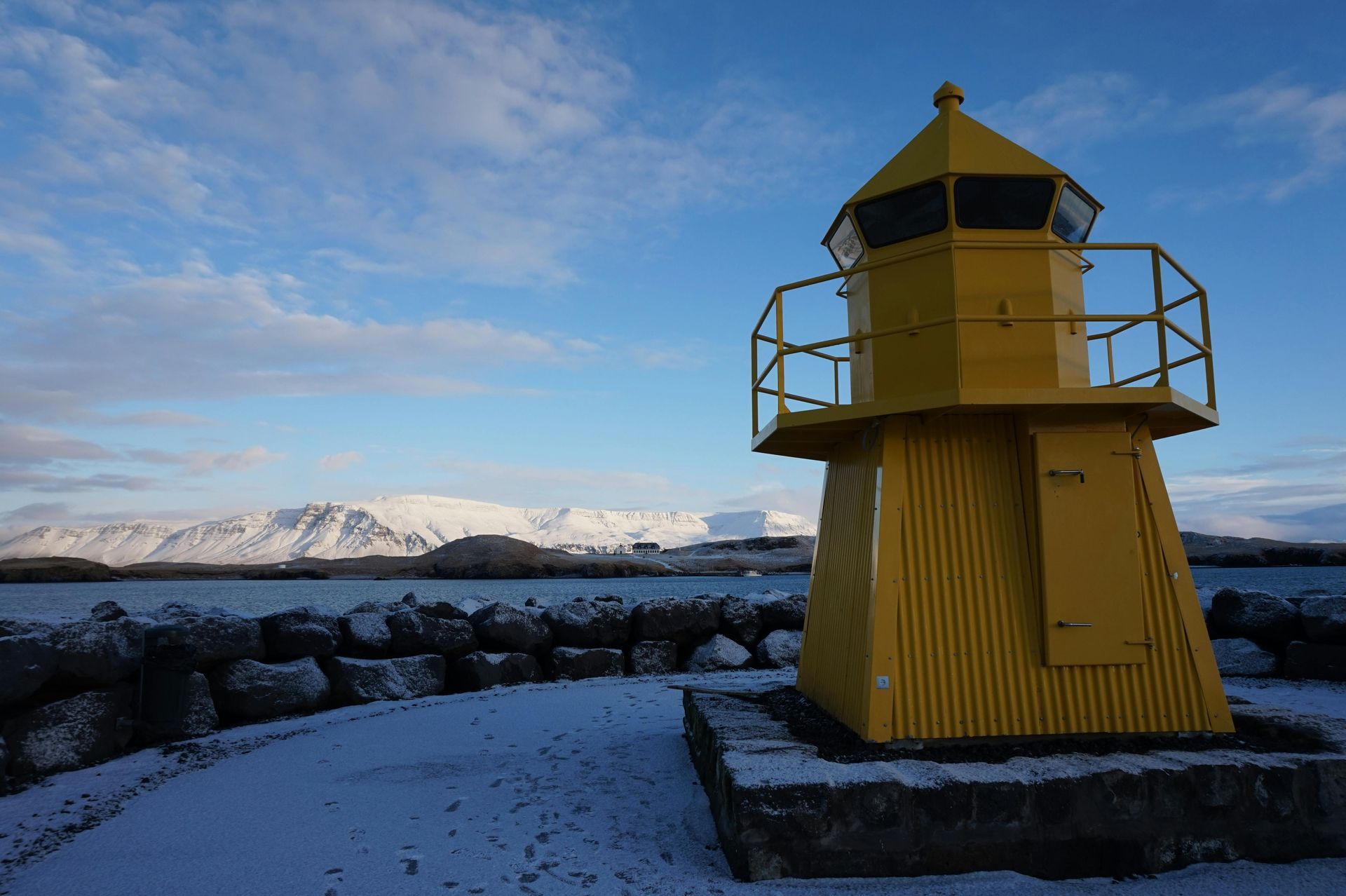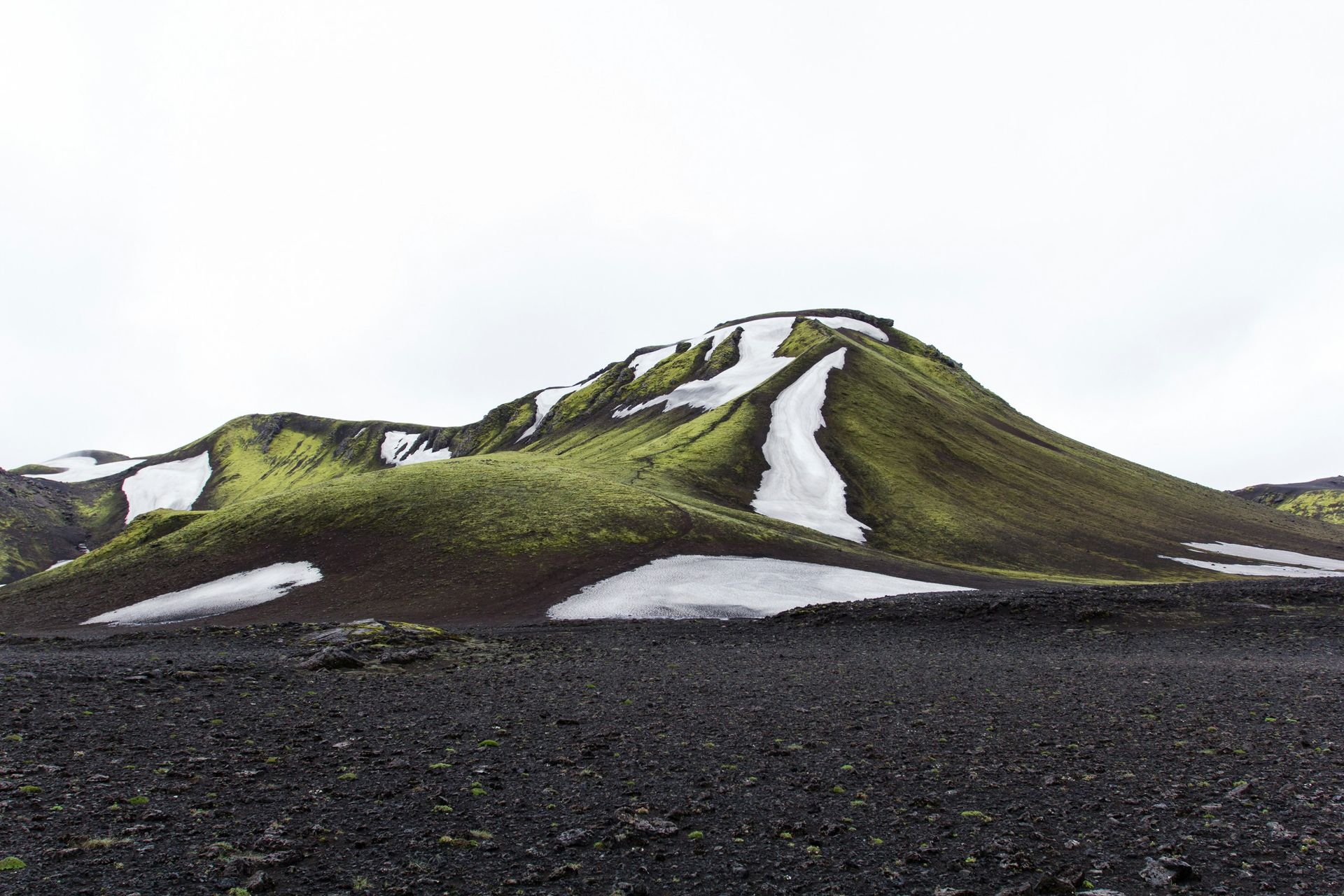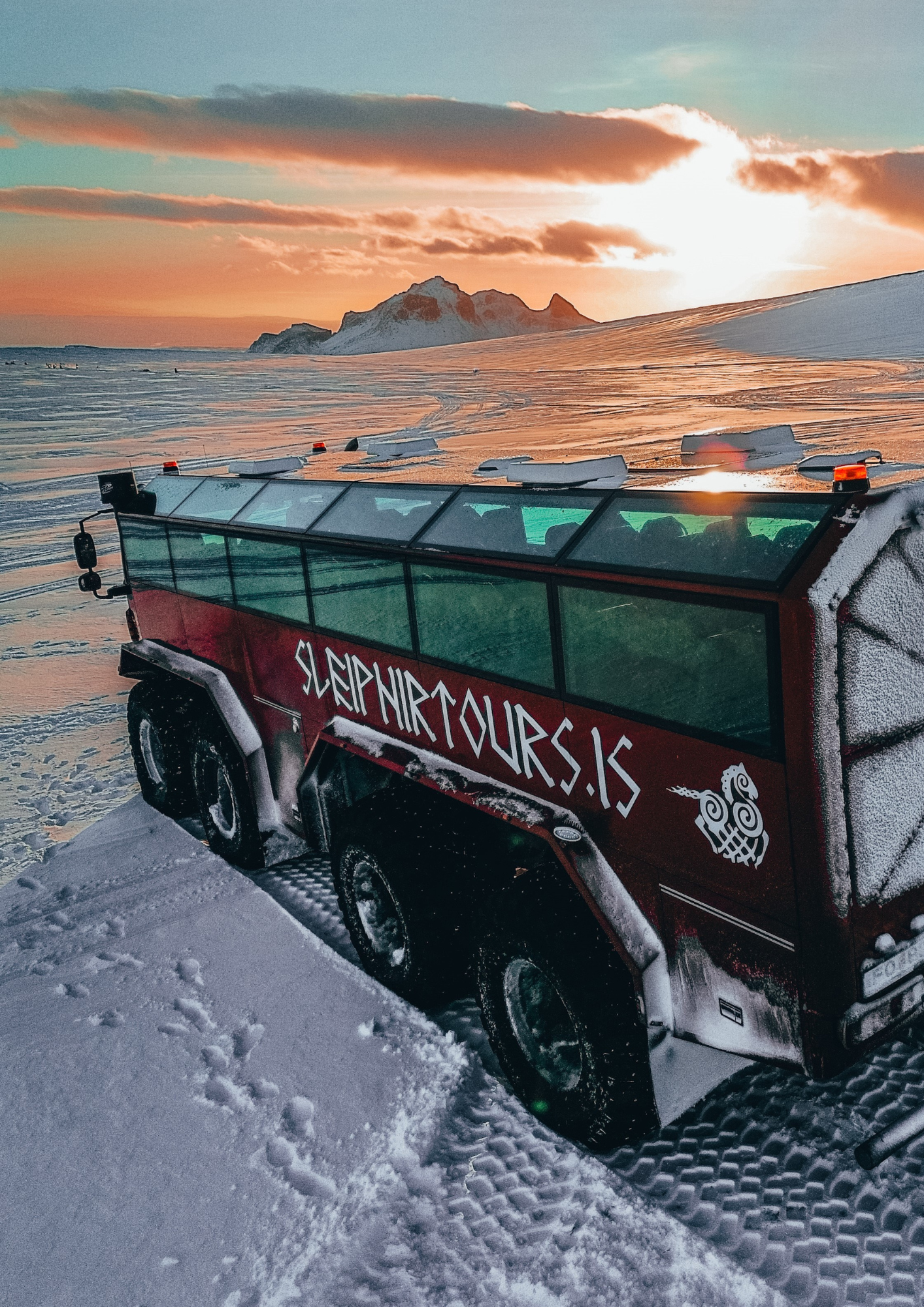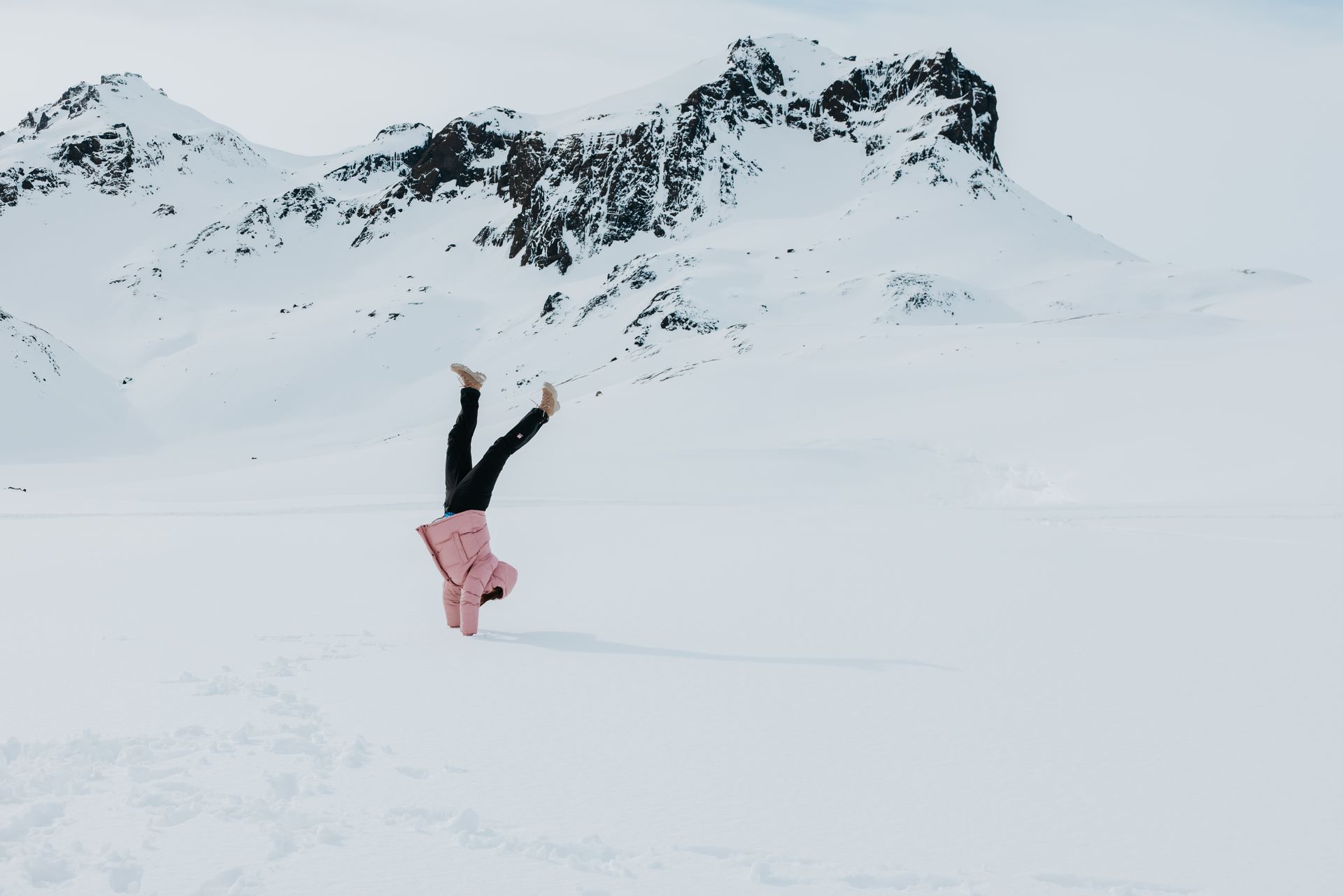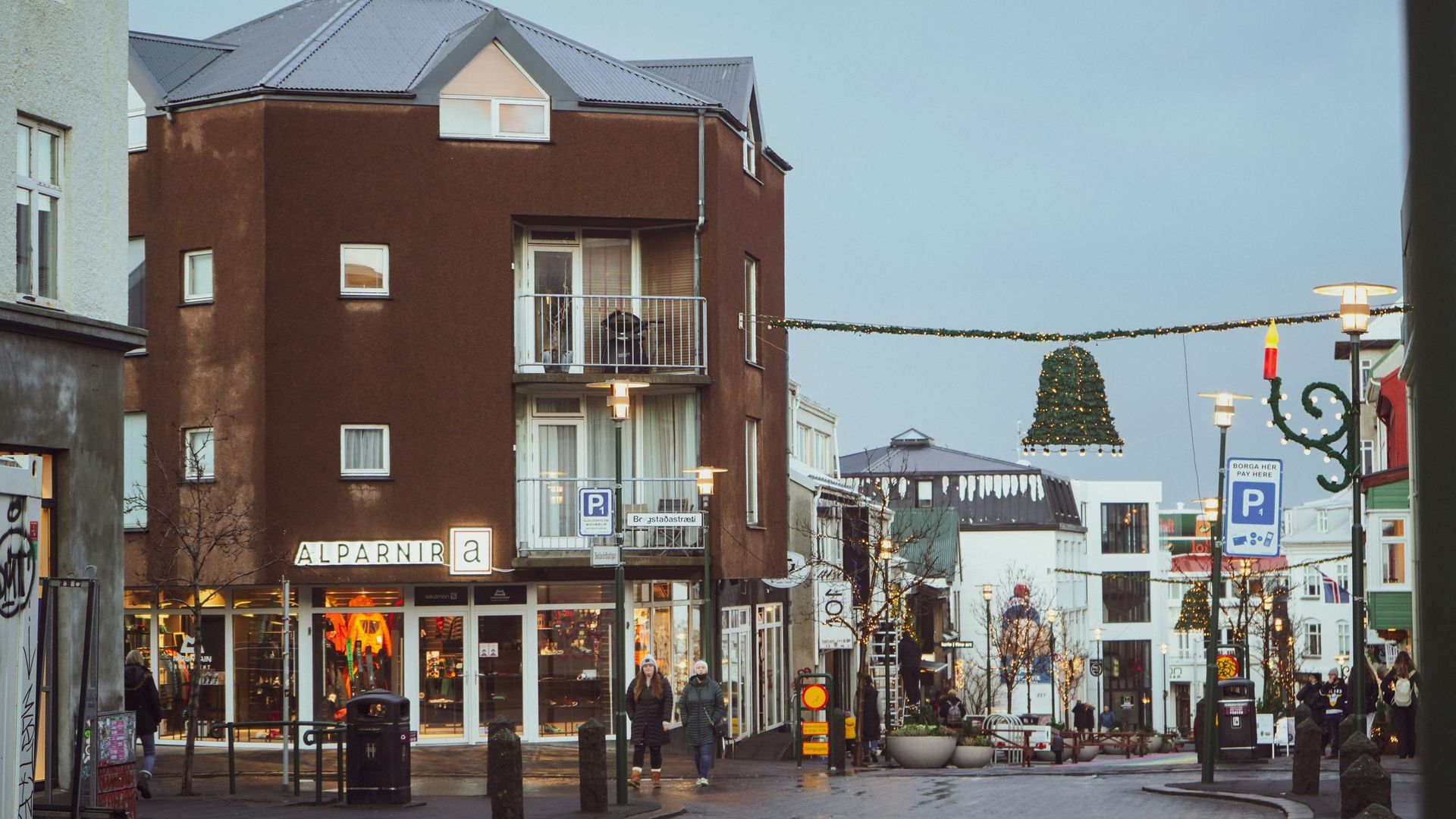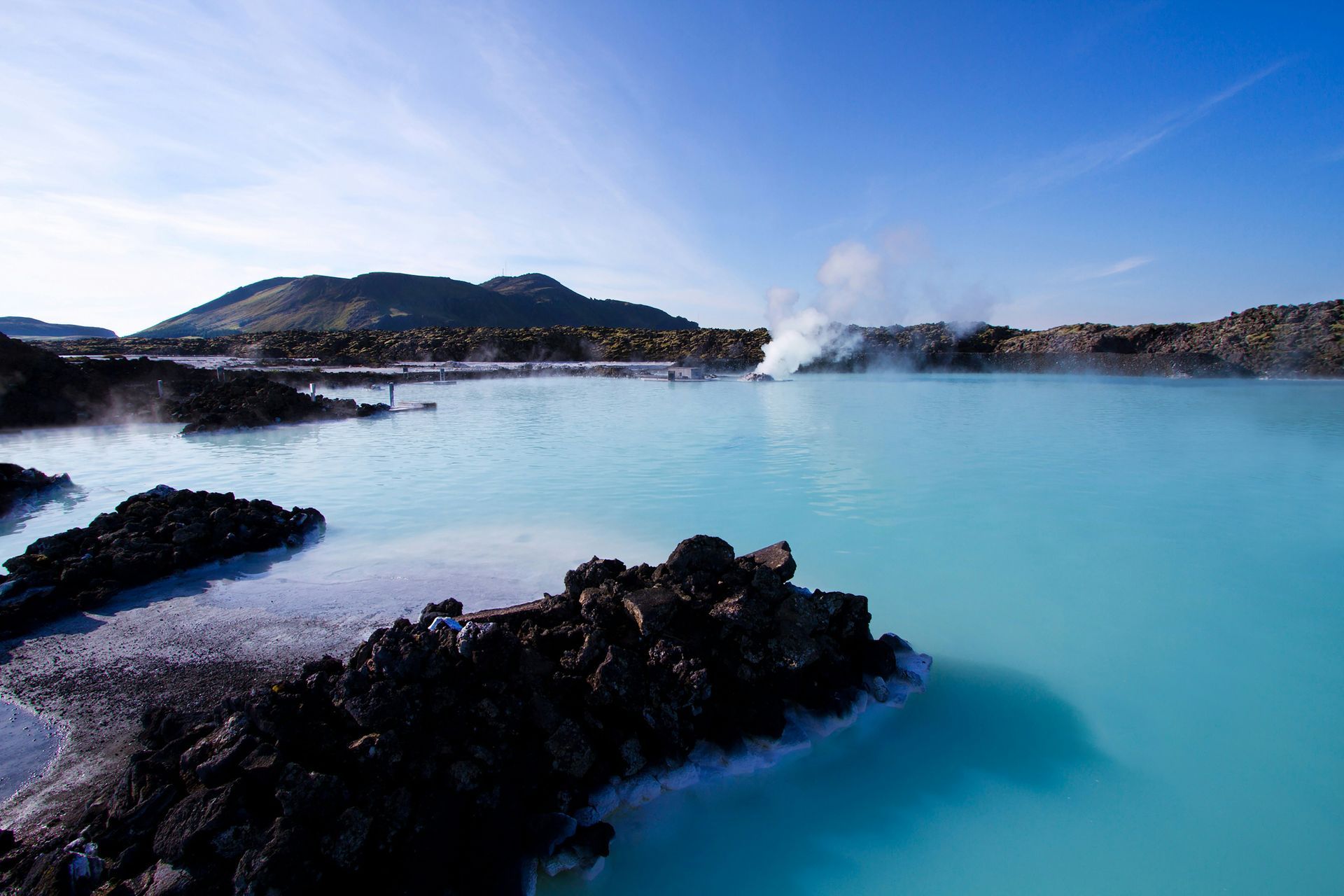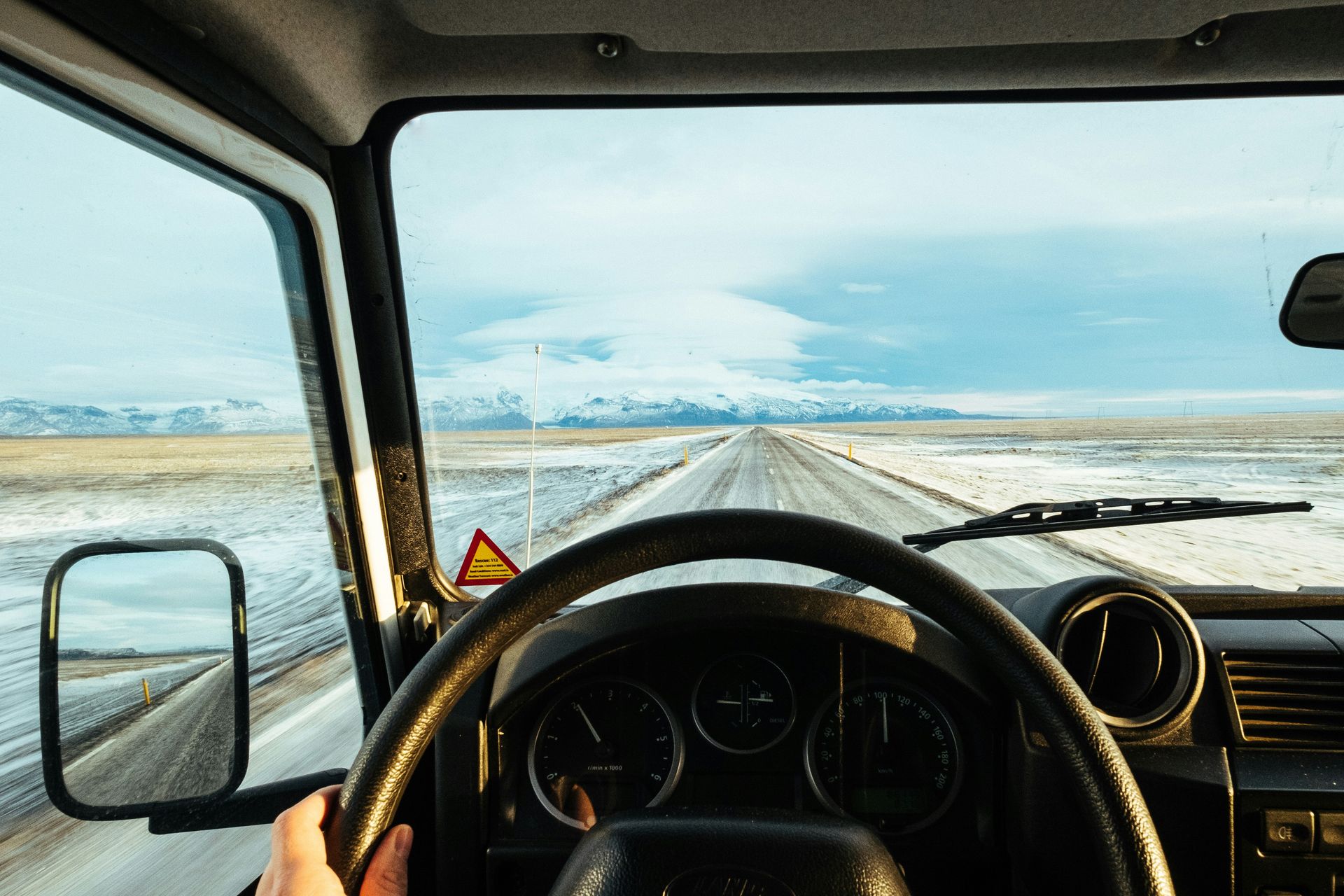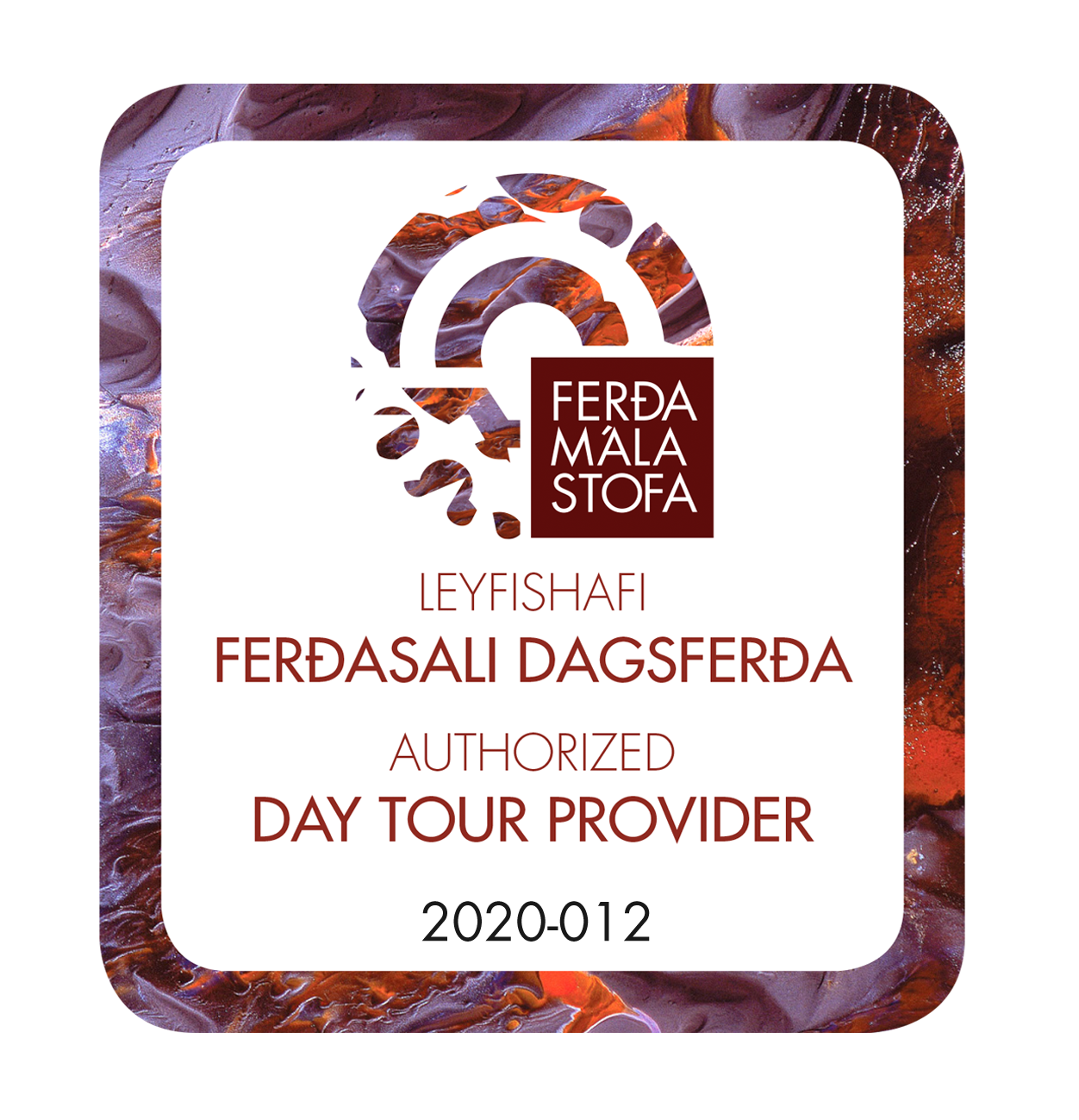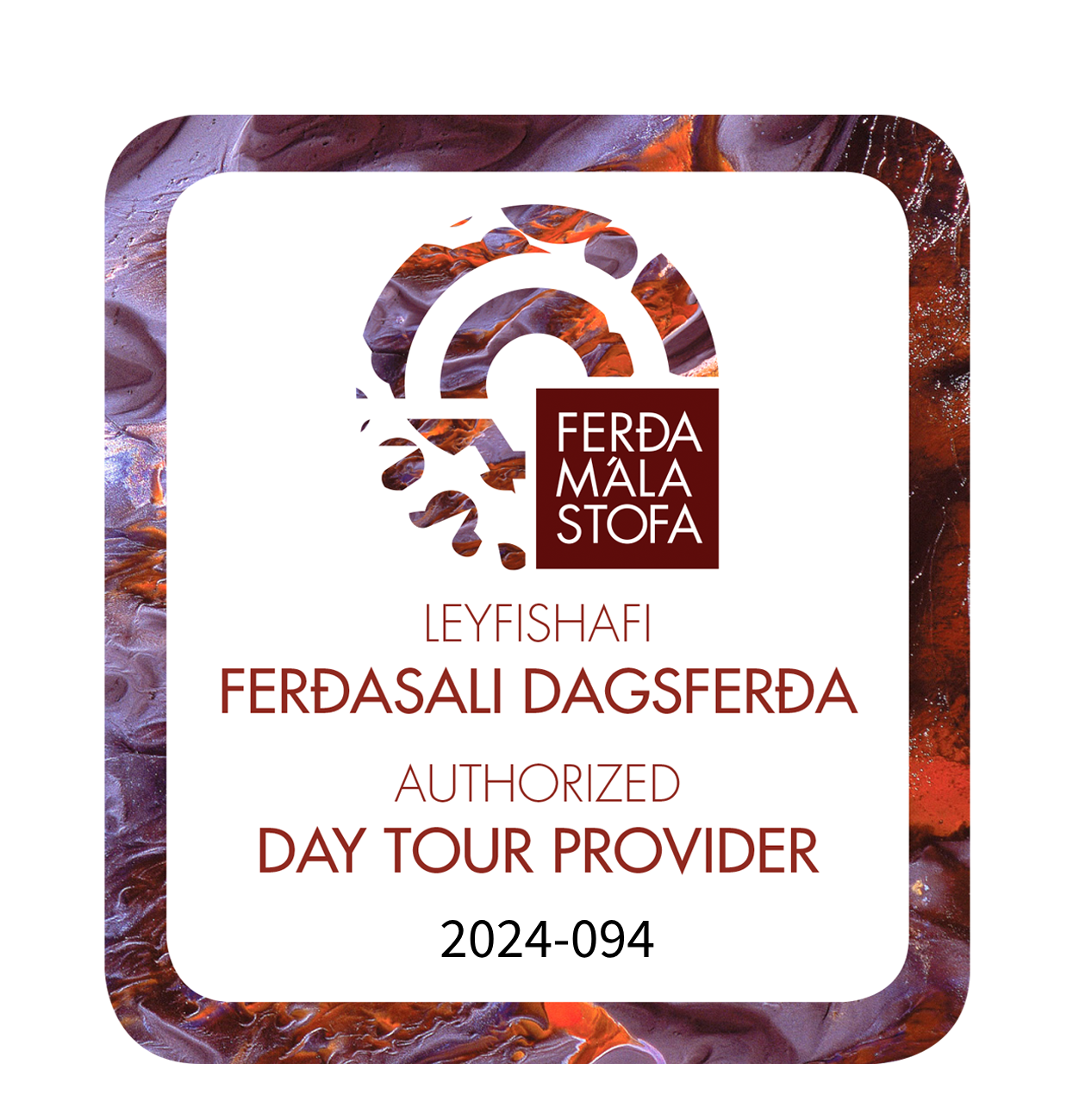Interesting Facts about Langjökull Glacier
Interesting facts about Langjökull Glacier
We are deeply passionate about glaciers and we know you will be as well! Especially after your trip on top of the second largest glacier in Europe with us!
Here are a few fun facts that we love to share with our guests... but even though the list is interesting nothing compares to the real thing. So we hope to see you soon!
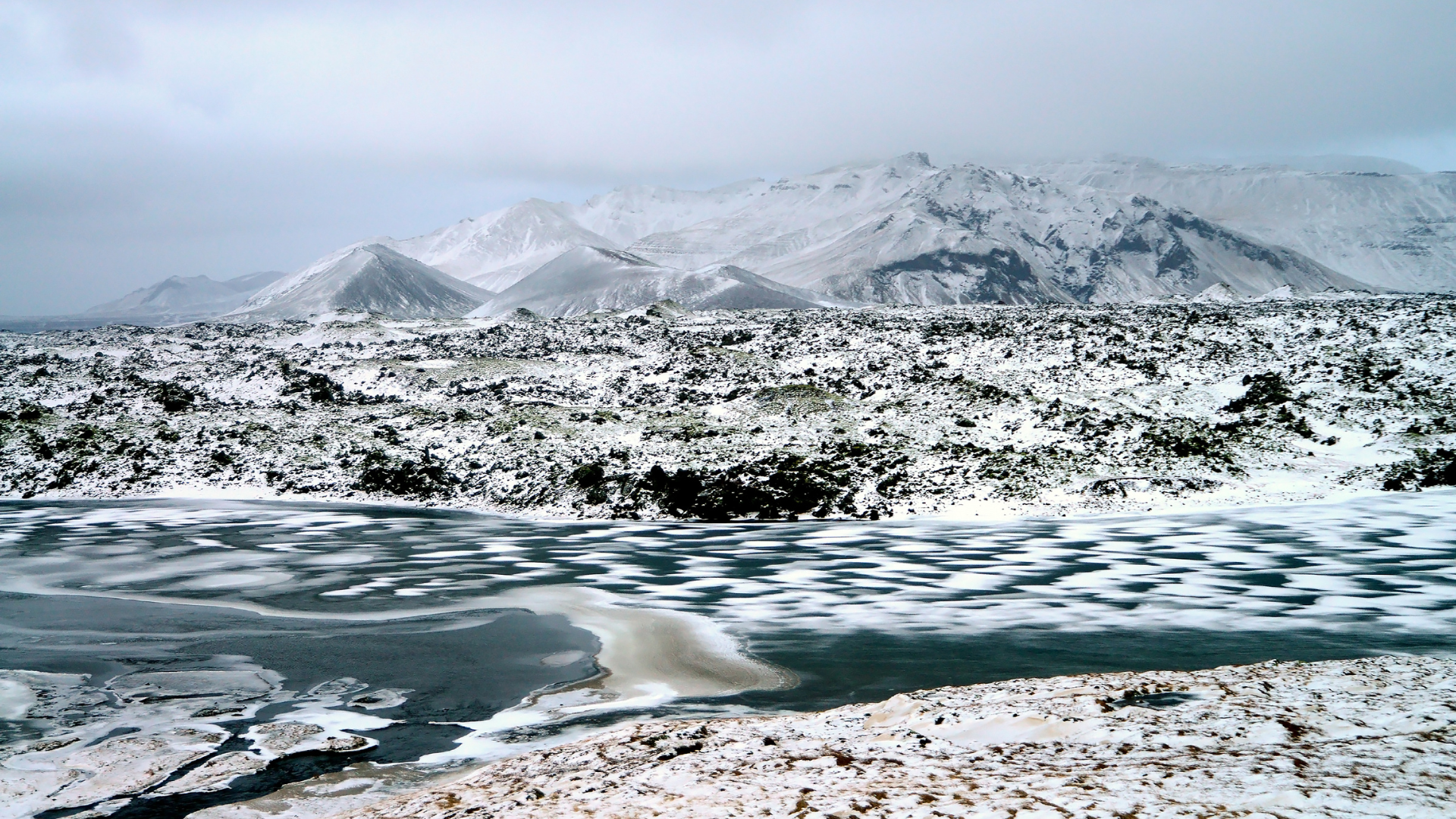
Langjökull used to have another name: Baldjökull
Langjökull, "lang" meaning "long" , and "jökull" meaning glacier in Icelandic, has an intriguing history of names. In ancient times, it was called Balljökull, which translates to "round glacier." Over time, its name changed to Baldjökull, where "bald" refers to white or bald. Eventually, it became Langjökull, a name that perfectly captures its vastness and immense size, as if it stretches out for a long distance. The change in names not only reflects the glacier's changing shape over the centuries but also the evolving understanding of its characteristics by the people who named it.
A Frozen Bed of Fire
Beneath Langjökull's icy surface, something fascinating is happening. The glacier is on top of two active volcanoes, which means there's a surprising mix of freezing ice and hot volcanic activity in the same place. Not far away, there's a volcano called Kjalhraun, and it has a field of really old lava, about 7,800 years old. This old lava landscape looks very different from the icy glacier. This combination of icy coldness and fiery volcanoes helps us understand how Iceland's amazing land was formed.
Size and Scale: A True Ice Giant
As the second-largest glacier in both Iceland and Europe, Langjökull covers a vast expanse spanning over 950 square kilometers. Its towering peak soars to around 1,400 meters above sea level, creating a breathtaking presence that commands attention across the surrounding scenery.
Adventure Haven
Langjökull isn't just a pretty sight – it's a playground for adventure lovers. You can do exciting things here, like monster glacier ride, riding snowmobiles and even exploring magical ice caves or man-made tunnel.
A Time Capsule of Climate History
Langjökull's icy layers are more than just frozen water; they hold a remarkable record of Earth's climatic history. Like the pages of a history book, these layers document a range of climatic events over centuries. From the annual accumulation of snowfall to traces of pollution and evidence of volcanic eruptions, the glacier's layers serve as a natural archive. Scientists rely on this frozen record to decode the intricate story of past climate changes, offering invaluable insights into the Earth's environmental history.
An Unexpected Ecosystem
Beneath its icy surface, Langjökull has a special ecosystem that survives in the tough glacier environment. Even though ice worms might not be found here, other creatures have adapted to the extreme cold. You might spot larger animals like Arctic foxes and birds on the edges of the glacier. This shows that the glacier can support life even in very difficult conditions.
Glacier Access Points
Langjökull's charm is reachable from two distinct spots: Gullfoss and Húsafell. Each entryway offers a unique viewpoint and experience of the glacier's captivating landscape. These access points provide a starting point for various tours and activities that allow visitors to immerse themselves in the glacier's beauty and grandeur.
The Changing Surface Area
Since its record was first noted in 1840, Langjökull's surface area has undergone significant changes. Like many glaciers around the world, Langjökull has been shrinking steadily over the years due to the effects of global warming.
Unchanging Cold Core
Deep within Langjökull, a remarkable consistency prevails. Despite the fluctuations in weather outside, the glacier's interior remains consistently cold. The temperature hovers around -2 to -3 degrees Celsius throughout the year, playing a vital role in maintaining the glacier's solid structure. This unwavering coldness, unaffected by the changing seasons, is a crucial element that supports the glacier's lasting existence.
Water for the Land
Langjökull's influence extends far beyond its frozen confines. As the glacier's ice gradually melts, it releases a vital resource: water. This meltwater cascades down into Iceland's major rivers, like Hvítá. These flowing waters not only sustain the ecosystems along their banks but also provide a precious lifeline for us humans.
Signs of Old Volcanoes
Within the layers of Langjökull's ice lies a captivating record of Iceland's fiery past. Embedded within these frozen strata are fragments of volcanic ash, relics of ancient eruptions. These layers of ash tell a tale of geological upheaval, serving as a tangible link to Iceland's volcanic history. The opportunity to observe these remnants within the glacier's ice caves and tunnels offers a unique window into the island's tumultuous past.
Power from Melting Ice
Iceland is renowned for its commitment to renewable energy, making full use of its natural resources. While the melting of glaciers like Langjökull feeds into river systems, Iceland harnesses the power of these rivers, among other sources, for hydroelectric generation. This commitment to green energy solutions is a testament to the country's dedication to maintaining a harmonious balance between human innovation and the preservation of its unique environment.
Stories of Big Adventures
Langjökull has always been a special place for many people. In the past, it was the setting for many stories and legends. These stories often told of big fights and magical animals. Today, people still remember and talk about these tales, making Langjökull a place full of history and excitement. Locals often share these stories with visitors, passing them from one generation to the next. This keeps the glacier's history alive and adds to its allure. For many, a trip to Langjökull is not just about seeing the ice but also hearing the stories that give it life.
Place for Science
Langjökull's icy expanse beckons scientists and researchers with its wealth of knowledge waiting to be uncovered. From studying climate change to unraveling the intricacies of glacial behavior, this frozen landscape offers a unique opportunity for scientific exploration. Langjökull stands as a living laboratory, contributing valuable insights to our understanding of the Earth's complex systems.
The Sound of Silence
One of the most remarkable experiences when visiting Langjökull is the profound silence inside the glacier. This silence provides a unique sense of peace and tranquility that is difficult to find elsewhere. The dense ice acts as a natural barrier, dampening external sounds and creating an almost surreal auditory environment.
Want to learn more about Iceland?
Follow us on social media @sleipnir.iceland
Share This Blog Post
